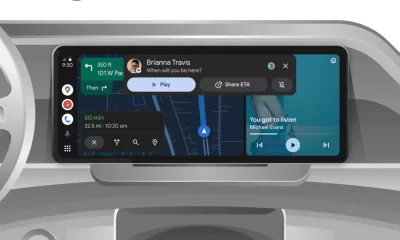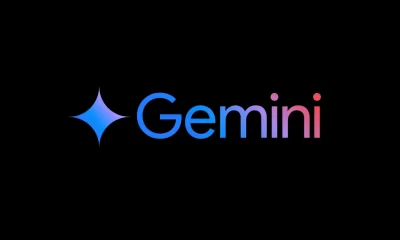Google Photos launches “Ask Photos” early access, adds natural language and Google Maps crashes for some Android users
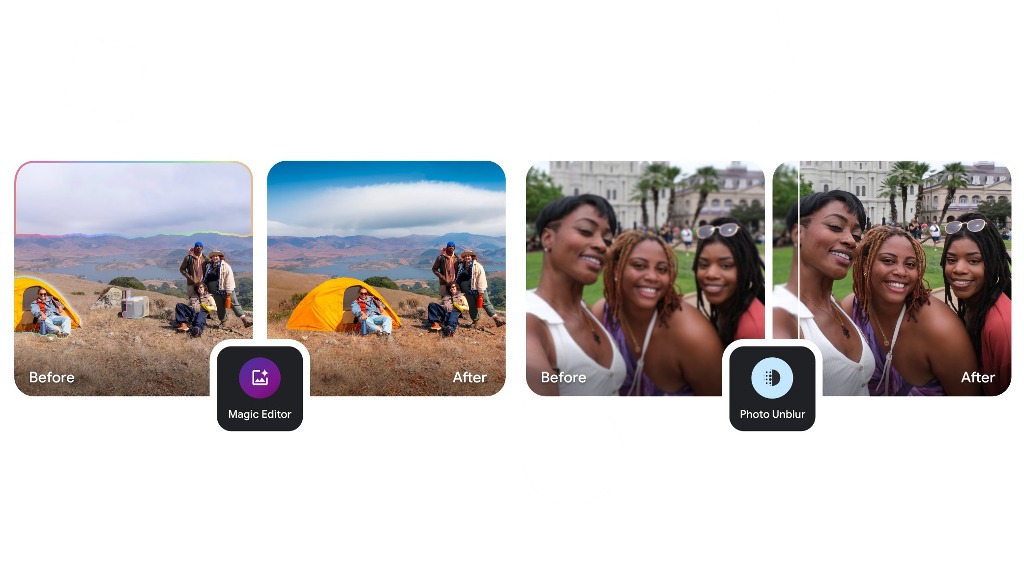
Top 3 Key Points:
- Ask Photos: Google Photos introduces a conversational search powered by Gemini AI to find specific memories using natural language.
- Classic Search Enhancements: Google Photos upgrades with natural language search and a new “Best Match” feature to refine results.
- Google Maps Issue: Some Android users report Google Maps crashing on newer app versions across various devices.
Google Photos is rolling out its new feature, Ask Photos, to a limited number of users in the U.S. on Android and iOS. This feature was first announced at I/O 2024 and is now in early access.
What is Ask Photos?
Ask Photos is a conversational tool that uses AI models (Gemini) to understand the context of your photo gallery. It helps you find specific memories or details by analyzing images and answering questions in everyday language. For example, you could ask, “Where did we camp last time we went to Yosemite?” or “What did we eat at the hotel in Stanley?” The AI can detect details like locations and objects in your pictures, providing an intuitive way to look up past events.
Once enabled, a new “Ask” tab appears in Google Photos. Users can type natural language queries, similar to chatting with a virtual assistant. You can also switch back to the traditional “classic search” if needed.
Google emphasizes privacy and security, assuring that your Google Photos data is not used for advertising. Human reviews of search queries are disconnected from user accounts to ensure privacy.
Classic Search Improvements
In addition to Ask Photos, Google Photos’ classic search has been updated with new features like “Best Match” and support for natural language queries. For example, you can search for phrases like “Alice and me laughing” or “Emma painting in the backyard” to find relevant photos more easily. Instead of showing results in reverse chronological order, it now surfaces the best-matching photos first, while still allowing you to view the most recent images if needed. These updates are available in English and will expand to more languages soon.
Google Maps Crashing on Android
In the past few hours, many Android users have reported crashes with Google Maps. The app opens normally but closes unexpectedly within seconds, rendering it unusable. This issue is being seen on app versions 11.144.x and 11.145.x across multiple devices, including Pixel and Samsung Galaxy phones. The problem seems to affect both stable and beta versions of Google Maps, with Android 15 Beta users experiencing it more frequently. Some users have resolved the issue by uninstalling updates and reverting to older versions of the app.
These updates represent a significant step forward in improving user experience but with some technical challenges along the way.
Google Meet gets a fresh new look with Material 3 design
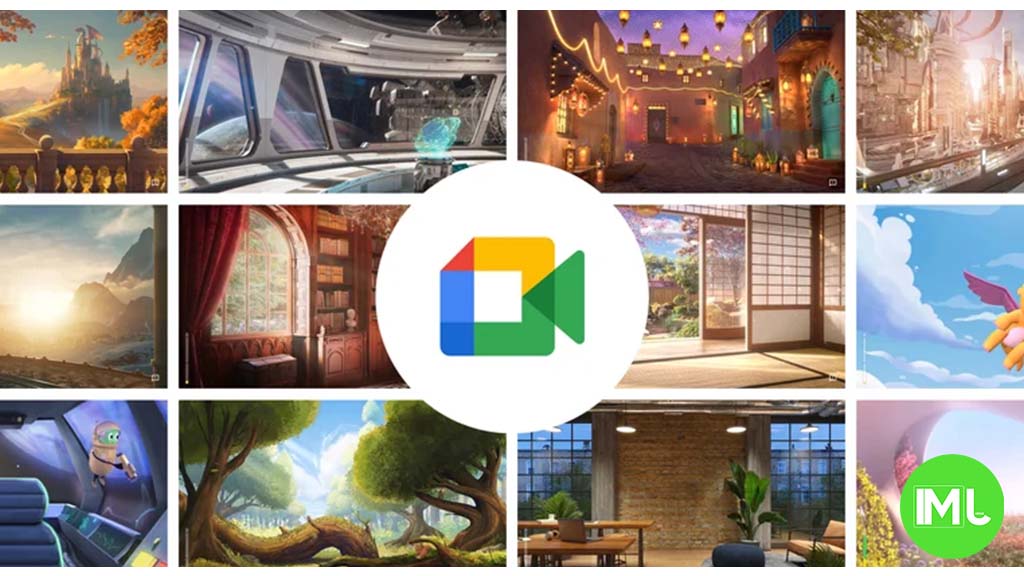
Google Meet is getting a big update to its look, thanks to the new Material 3 design. This change brings a cleaner and more modern style to the video calling app, making it easier and more enjoyable to use.
With Material 3, Google Meet now has rounder buttons, softer colors, and better spacing between elements. The main controls, like the microphone, camera, and end call buttons, are now larger and easier to tap. The icons and text are also clearer, which helps users find what they need quickly during a call.
Another improvement is the new “expressive” color system. This feature lets the app’s colors match your device’s wallpaper or theme, giving each user a unique and personalized experience. The changes also make Google Meet more accessible, as the new design is easier to read and use for everyone, including people with vision difficulties.
These updates are rolling out to both web and mobile versions of Google Meet. Google says the new look will help people feel more comfortable and focused during their meetings. Overall, the Material 3 update makes Google Meet not only look better but also work better for all its users.
Android
Easy ways to change Android Auto’s look with light and dark themes
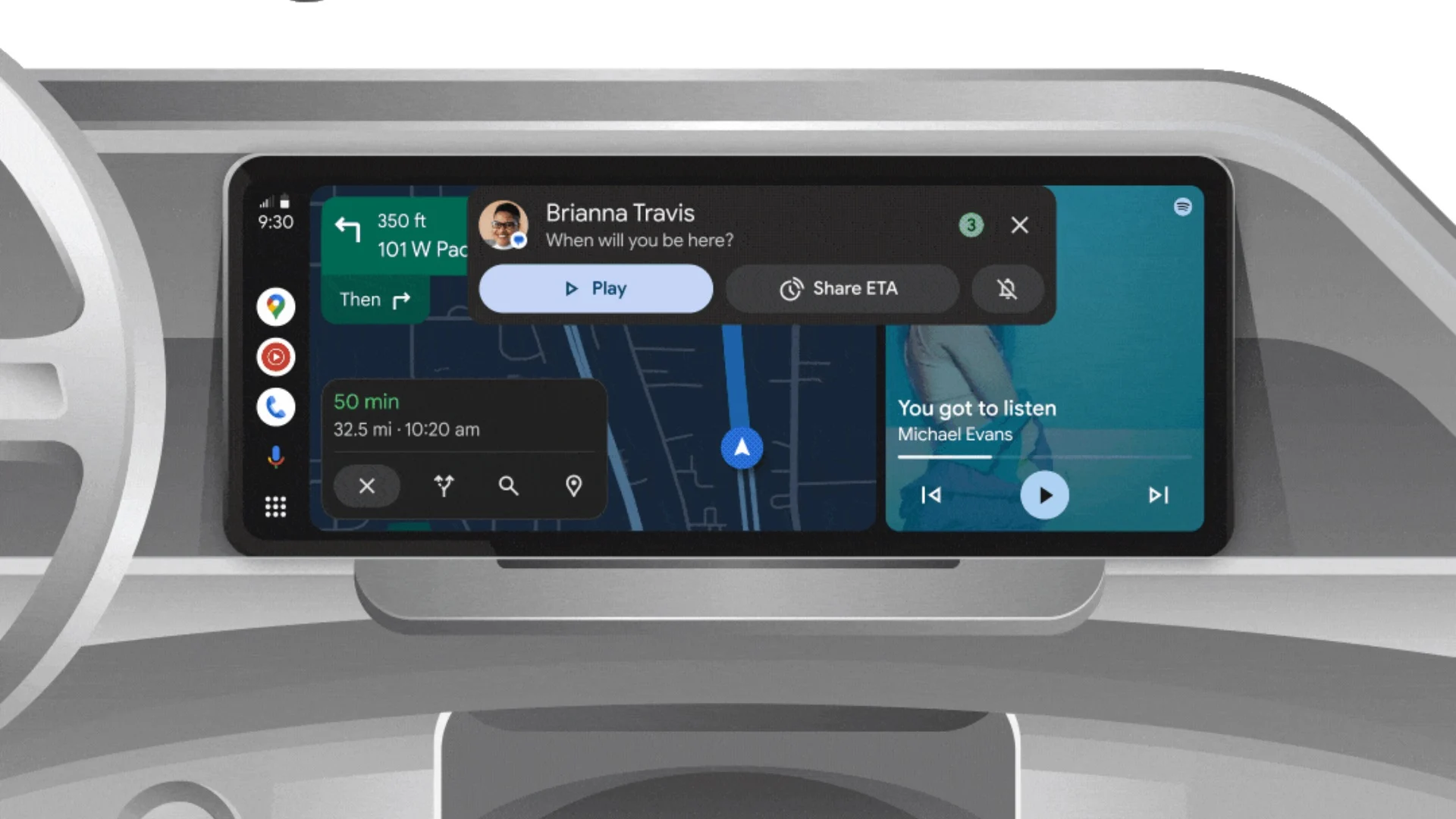
Android Auto is a helpful tool that lets you use your phone’s apps safely while driving. It connects your phone to your car’s screen, making it easier to use maps, music, and calls. One of the features many people like is the ability to change how Android Auto looks by switching between light and dark themes.
How to switch between light and dark themes
Android Auto offers two main themes: light and dark. The light theme uses brighter colors, which can make the screen easier to see during the day. The dark theme uses darker colors, which can be more comfortable for your eyes at night or in low light.
To change the theme, follow these steps:
- Open the Android Auto app on your phone.
- Go to the settings menu.
- Find the “Theme” option.
- Choose between “Light,” “Dark,” or “Set by car” (this lets your car decide the theme based on the time of day or your car’s settings).
Why themes matter
Using the right theme can make driving safer and more comfortable. The light theme is good for bright days, while the dark theme helps reduce glare at night. Having these options means you can pick what works best for you, making Android Auto easier to use in any condition.
In short, Android Auto’s theme options are simple to use and help you drive more safely by making the screen easy to see, no matter the time of day.
Google Drive and Files by Google get fresh updates for easier use

Google is rolling out some helpful updates to two of its popular apps: Google Drive and Files by Google. These changes are designed to make managing your files and watching videos much smoother.
First, Google Drive is getting a new video player. Now, when you upload a video to Drive and open it, you’ll notice a fresh look that matches Google’s latest design style. The controls, like play and pause, are easier to use and look cleaner. This update makes it simpler to watch videos directly in Drive without needing to download them first.
Meanwhile, the Files by Google app is also getting a makeover. The app is adopting Google’s Material 3 design, which means it looks brighter and more modern. The buttons and menus are easier to see and use, making it simpler to find, move, and organize your files. There are also new color options and improved icons, so everything feels more user-friendly.
Both updates show Google’s commitment to making its apps more helpful and enjoyable to use. Whether you’re watching videos in Drive or sorting files on your phone, these changes aim to save you time and make things less complicated. If you use these apps, keep an eye out for these new features—they should arrive soon!
-

 Apps1 year ago
Apps1 year agoGboard Proofread feature will support selected text
-

 News1 year ago
News1 year agoSamsung USA crafting One UI 6.1.1
-

 Apps12 months ago
Apps12 months agoGoogle Contacts app testing new Besties Widget
-
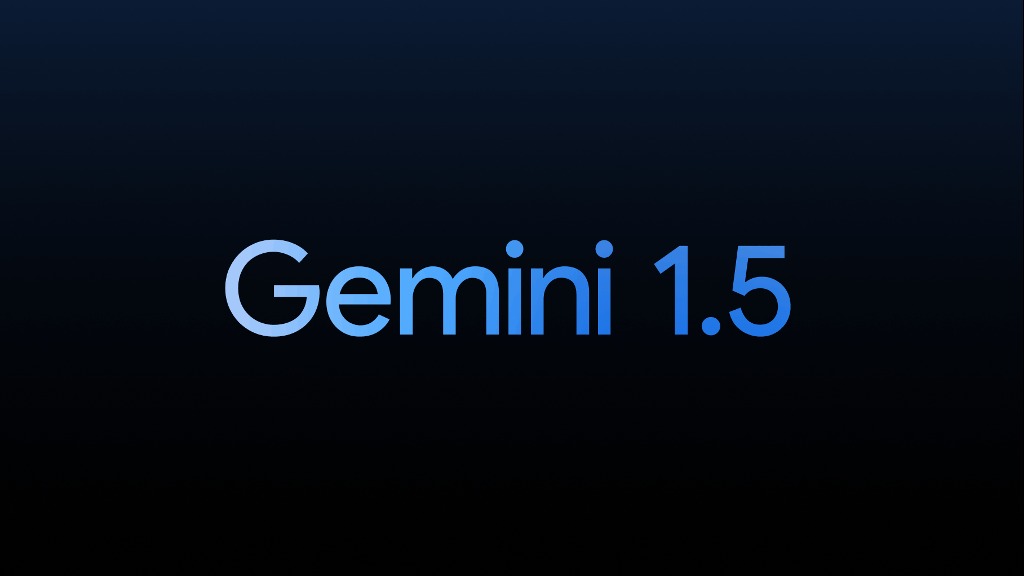
 AI12 months ago
AI12 months agoGoogle Pixel 9 Pro may come with a complimentary one-year Gemini Advanced subscription
-

 News1 year ago
News1 year agoBreaking: Samsung Galaxy S22 may get Galaxy AI features
-

 Apps12 months ago
Apps12 months agoGoogle working on a new video editing feature for its Photo app
-
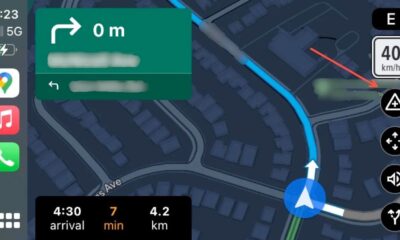
 Apps12 months ago
Apps12 months agoGoogle Maps lets you report traffic jams and accidents on Apple CarPlay, but not on Android Auto
-

 Apps12 months ago
Apps12 months agoGoogle Messages app will transform MMS chats into RCS



